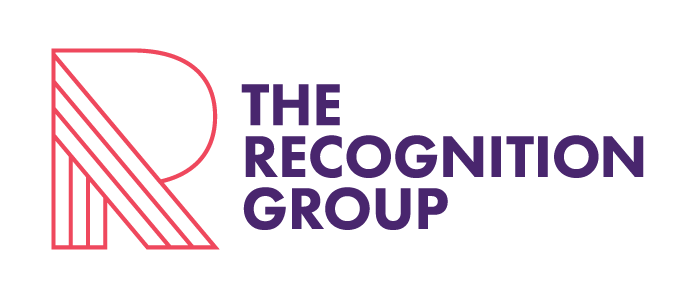Media training: how it can help even experienced executives perform better
Sometimes even the smartest and most confident individuals get it wrong when it comes to public speaking. If you’re a media spokesperson, getting it right is non-negotiable. That’s why media training is incredibly helpful for anyone planning to speak with a journalist.
Regardless of whether the interview happens on camera, over the phone, or over a coffee, it’s important to know the rules of the game so you can represent your company and yourself strongly.
Journalist interviews aren’t like sales conversations. It doesn’t matter how many deals you’ve closed; speaking with the media is different and requires a tailored approach. In fact, if you take your sales methodology into a journalist interview, you could brand yourself as a spokesperson no one wants to talk to.
Media training conducted by an experienced trainer can provide the necessary tools and techniques to navigate an interview successfully, with ease and confidence.
Media training not only helps you work on your key messages and communicate them effectively, it also prepares you to handle tricky or uncomfortable questions to avoid being quoted out of context. Media training can help you become a credible source of information for the media and build a positive image for you and the company you work for.
Here are three of the most important ways that media training can help you excel at journalist interactions:
1. Understanding the media
While most of us consume media on a daily basis, understanding the inner workings of a TV show, newspaper, or online news source is a different story. Once you have that understanding, you can communicate your messages more effectively.
For example, it’s important to know that a TV interview demands that you pay specific attention to your body language, clothing, and, most importantly, communicate your key messages in short sound bites because you’ll have limited airtime. If you’re being interviewed by a print journalist, you’ll have comparatively more time to give them background information on your company, products or services. The journalist will then write a story that will be edited further.
Media training will also prepare you for the interview environment, whether it’s a TV studio with hot lights, a radio station, or a one-one-one over coffee with a print journalist. So, you’ll get familiar with the format and practice the various types of interviews, from telephone to coffee shop, and be ready for any scenario.
2. Working on your messages
There’s a difference between having a nice conversation with a journalist that goes nowhere, offering the journalist story-specific information that doesn’t further your brand awareness goals, and giving the journalist what they need for their story while also delivering strong key messages that clearly position the business you work for. Obviously, the most successful interviews from your perspective are the ones in which you achieve the latter.
Key messages help you to control and focus the interview. Defining your key messages is essential so you know exactly what you want to convey. Your key messages should be original, short, and focused on your audience. Your key messages will remain the same regardless of the topic of your interview, and it takes practice to ensure you can insert your key messages smoothly and naturally. You should tailor your key messages for each media channel.
It’s important to note that your key messages are different from the specific answers you may give to the questions your interviewer asks. While you need to answer those questions as directly as possible, your key message would be delivered in addition to those specific answers. Understanding how this works and how to do it without seeming like a robot is the key to effective media interviews.
3. Learning how to handle interviews
Good media training will give you the tools to identify and understand different interview styles and the techniques to respond to these accordingly. By learning about how journalists think, what information they are looking for, and why it’s important to them, you will be able to anticipate what questions a might ask. Then you can prepare accordingly.
Preparation is particularly important if you believe the interview could potentially focus on difficult or tricky topics. Predicting how a negative question might be phrased, or the motive behind the question, will help you avoid being caught off-guard. You can prepare for these questions and carefully word your responses. This may mean providing what information you can while politely declining to say more, or saying that you can’t answer that precise question, then pivoting to a key message.
Regardless of whether the interviewer begins to get heated or adversarial, it’s essential to keep your cool as a spokesperson and avoid saying something you could regret later. That’s where media training is invaluable; it gives you practice dealing with uncomfortable questions and helps you understand how to defuse the situation.
The good news is that most of your interviews are far more likely to be friendly and conversational, with adversarial interviews only likely to occur in rare instances such as if your company is accused of wrongdoing. In those cases, you should have time to prepare.
When to do media training
Media training is invaluable for people with little or no experience dealing with the media. However, it’s also often overlooked as a useful refresher exercise even for executives with lots of experience. Many of our clients come to us for regular tune-ups to ensure every media interaction they have yields maximum results.
Don’t wait until you’re on the cusp of your first interview to begin media training. The sooner you do it, the more time you have to digest the information and get good at it. Then, when you sit down for your first real interview, you’ll be confident and comfortable straight away.
Contact us today to find out how we can help you make the most of your journalist interactions and nail the interview process.
